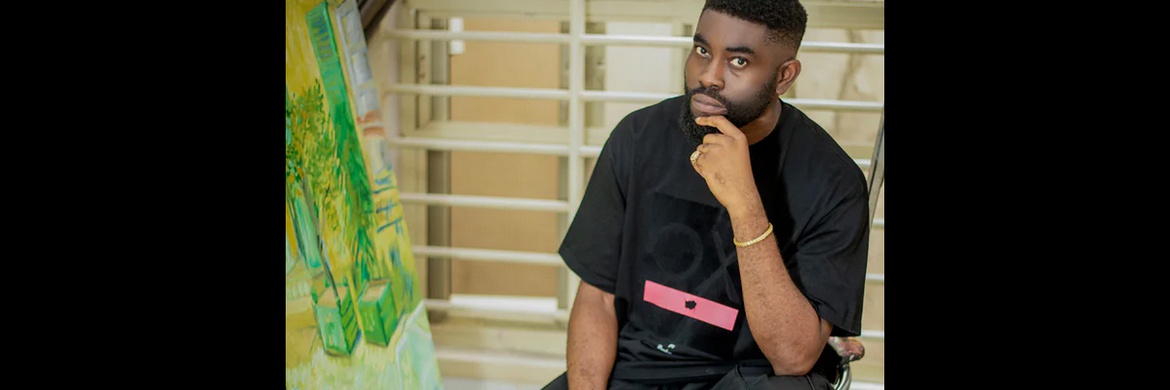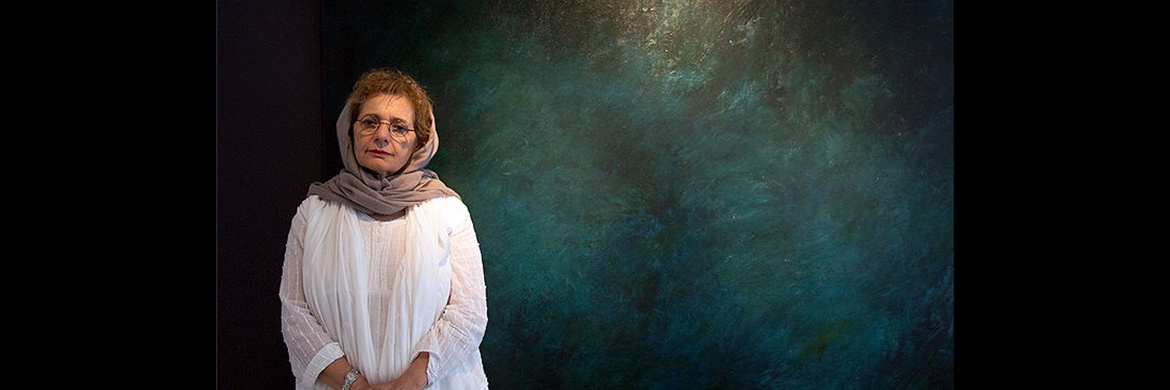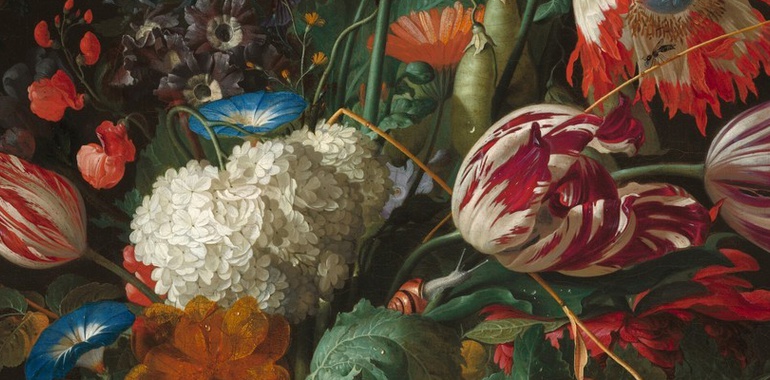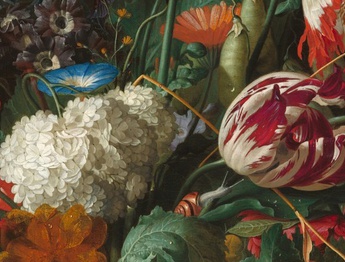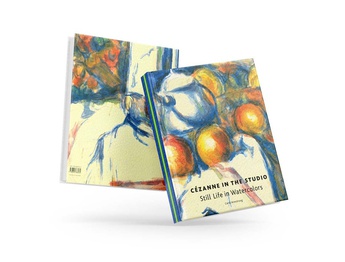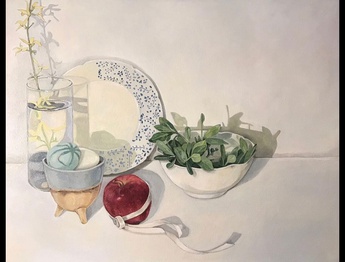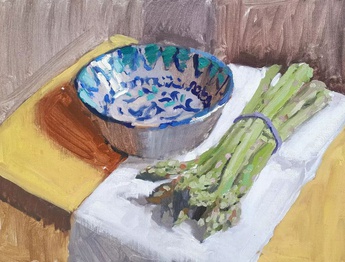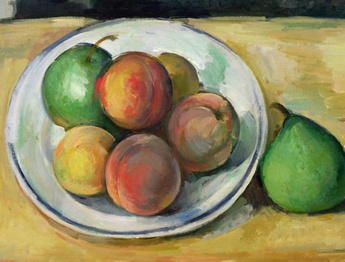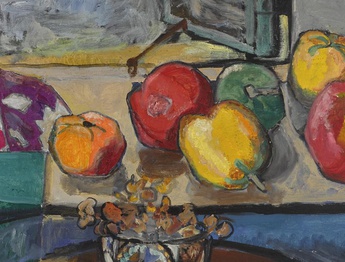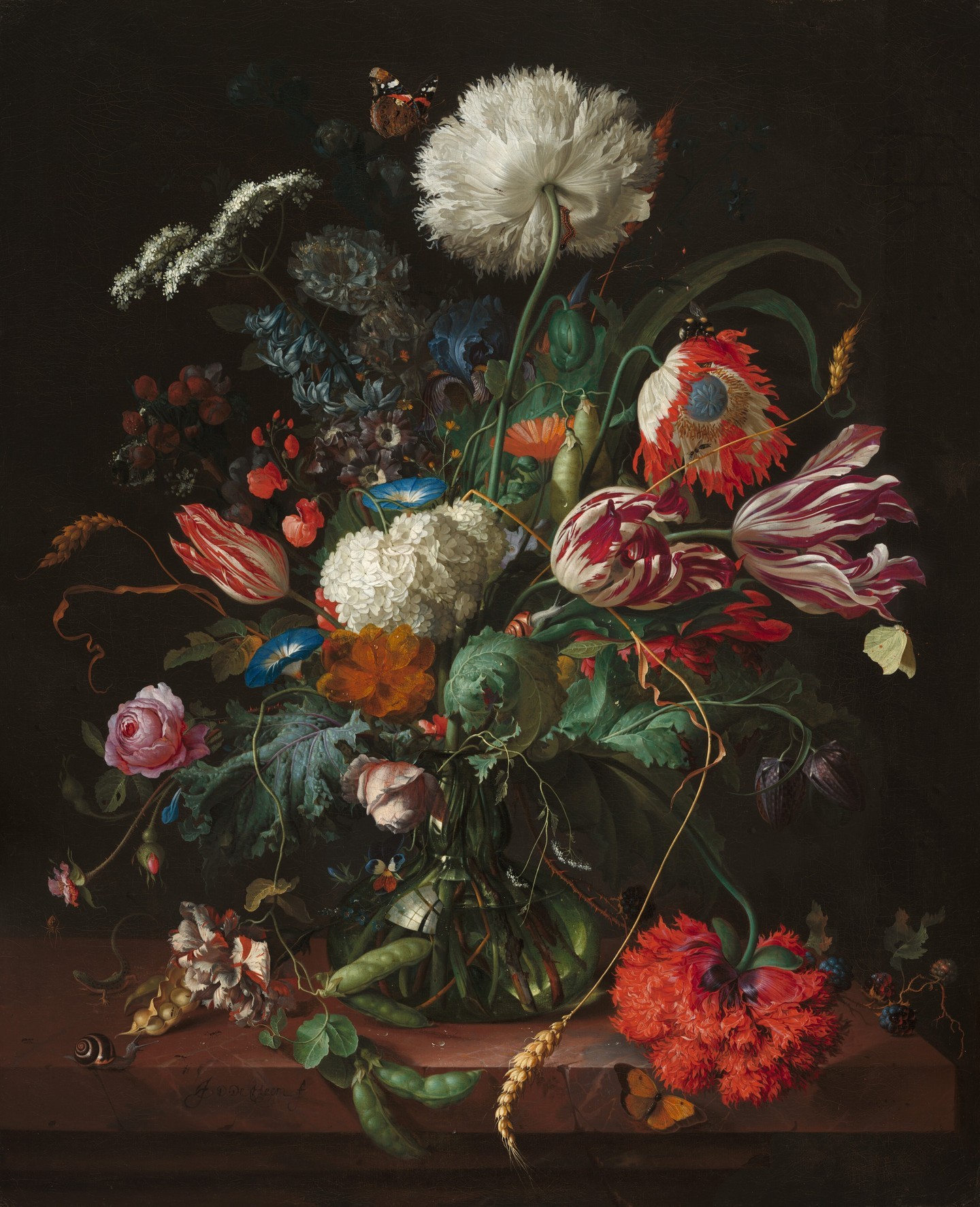
Jan Davidsz de Heem / vase / 1660 AD
The Dutch and Flemish took great delight in depicting the natural world as an expression of God's eternal blessing. Jan Davidsz de Heem's flower paintings celebrate the beauty of flowers, while the concept of "art is long, life is short" is embodied in 17th century Dutch still life paintings.
De Heem's paintings also reflect the great interest in botany at the time. The painting features exotic flowers and plants brought from faraway places, such as the tulip, which was originally imported to Europe from Turkey in the 1550s.
de Heem was one of the most talented, versatile and influential still life artists of his time. The pure and clear technique of the artist allows him to depict a variety of textures that depict the nature of objects, including exotic flower petals. long bent straw of wheat; small creatures such as butterflies, ants, snails and worms; And finally reflective glass surfaces. In this work, de Heem creates a harmonious arrangement by balancing the colors and shapes of thirty one types of flowers, vegetables and grains. Despite the illusion of reality, this bouquet could never have existed because different flowers bloomed in different seasons. De Heem often included certain animals and flowers in his works because of their symbolic meanings. A salamander, representing darkness and decay, stares hungrily at the spider, while a snail, a butterfly and some ants crawl on the marble shelf. Remembrance imagery (remember you will die) is balanced by stalks of wheat, symbolizing the Eucharist, and the worm and butterfly on a white poppy, evoking salvation and resurrection.
